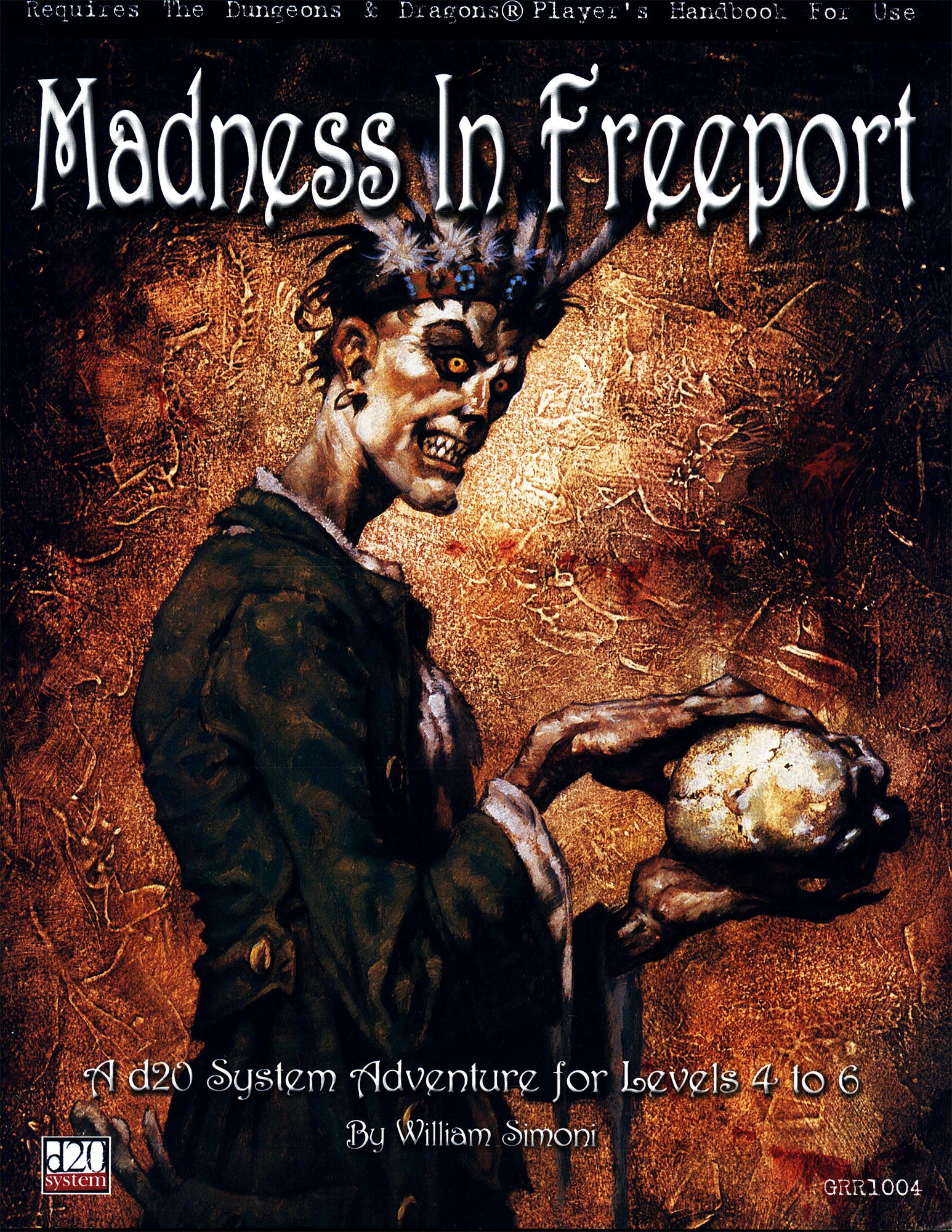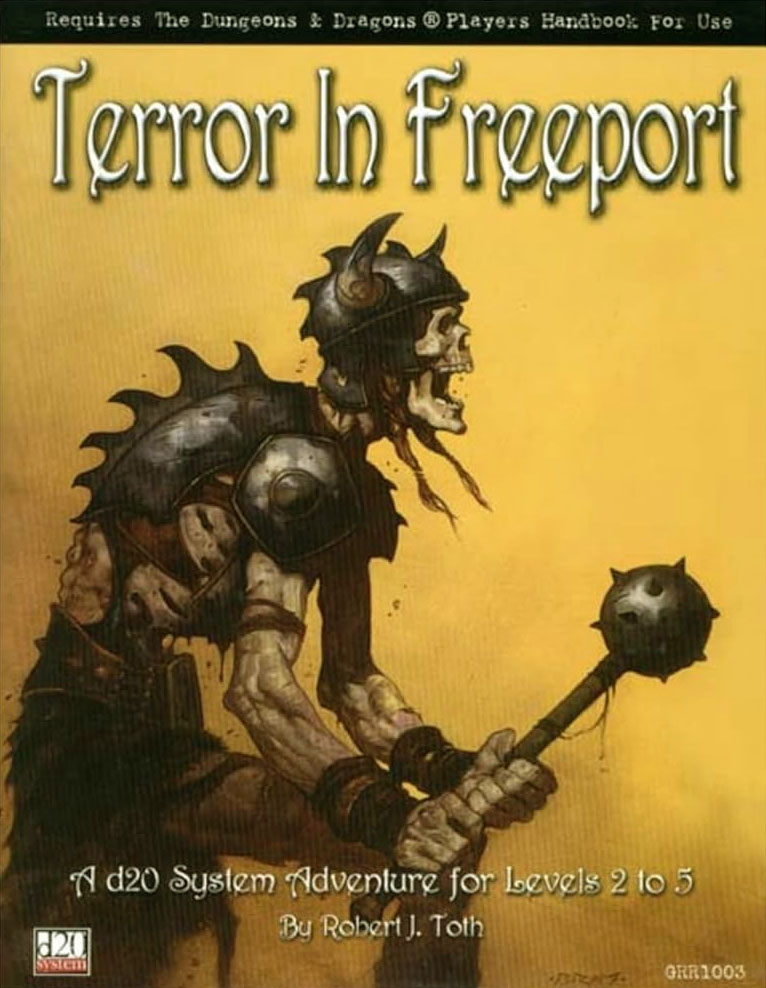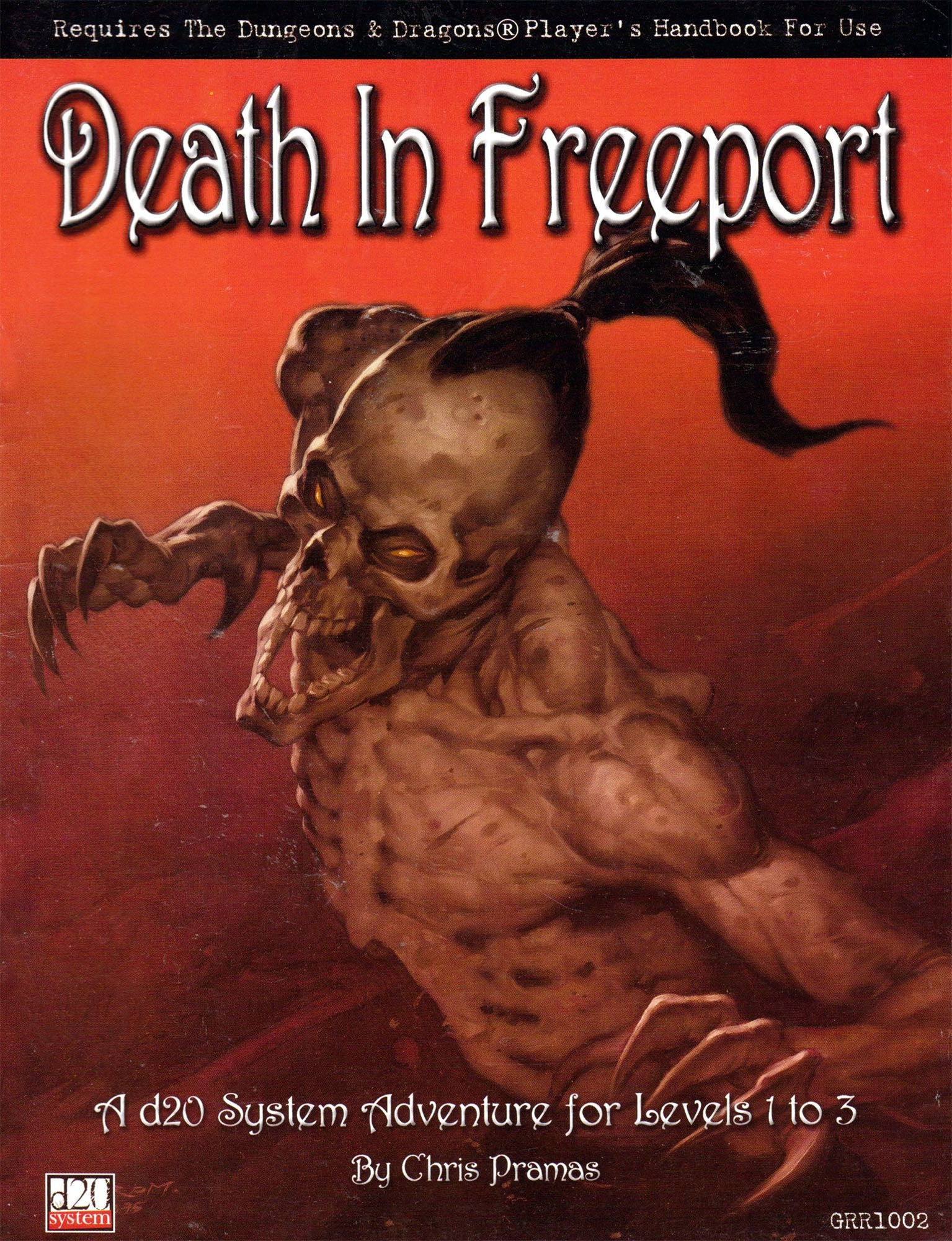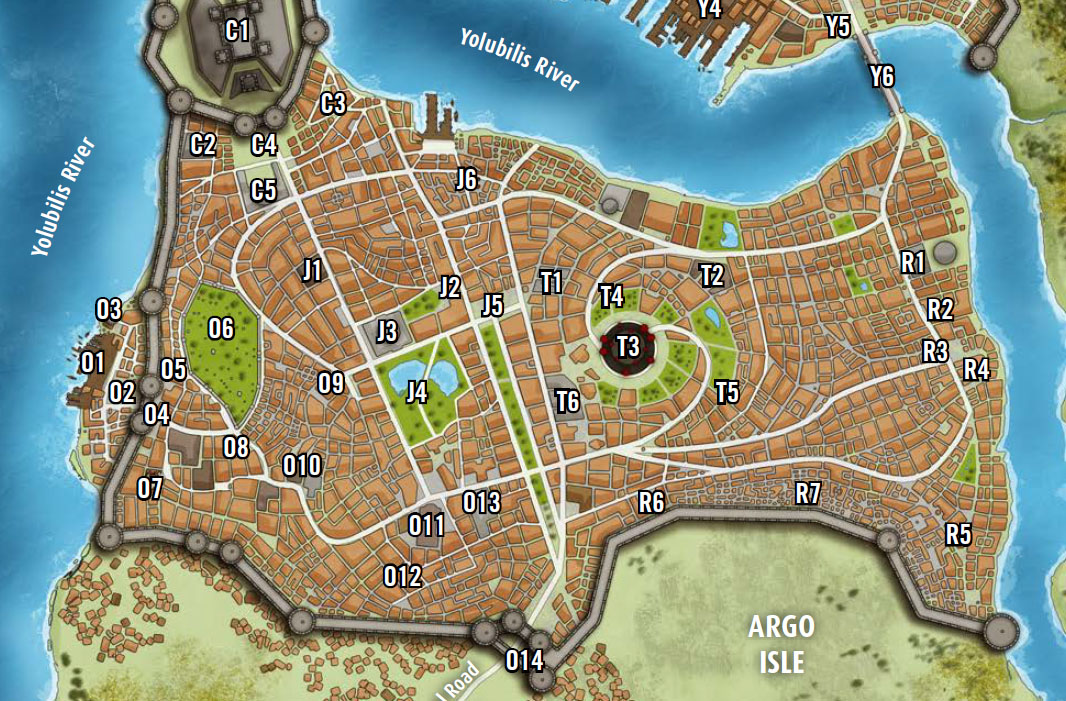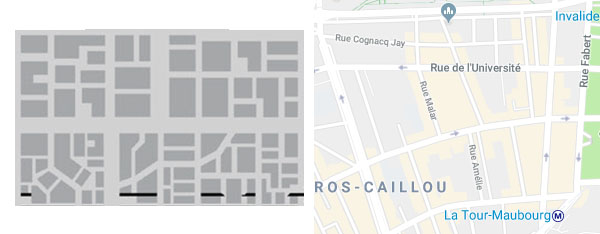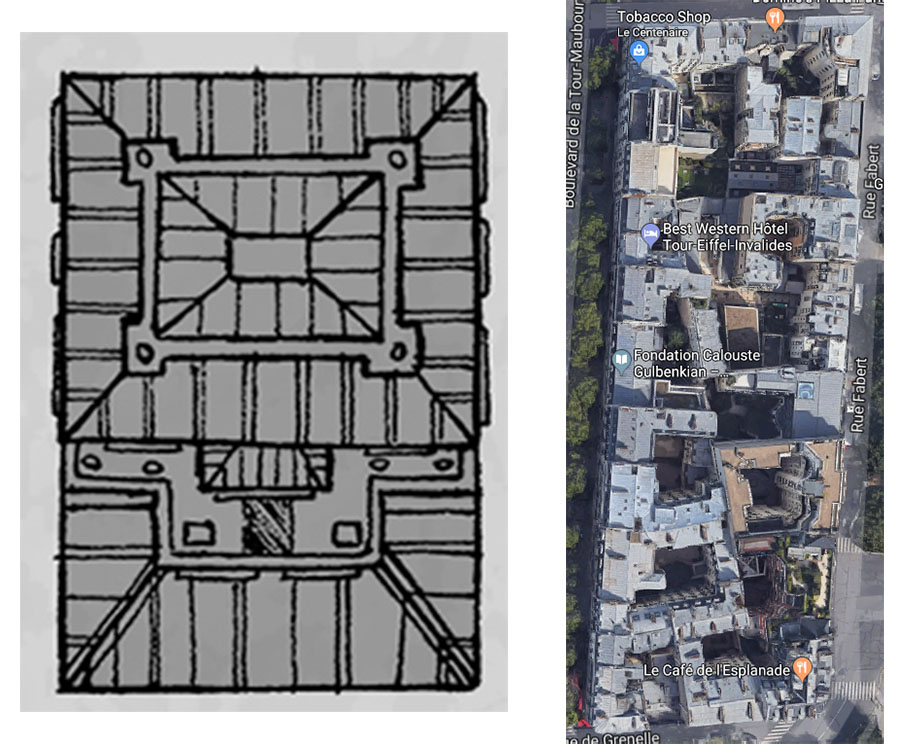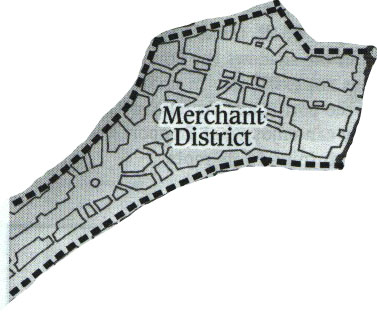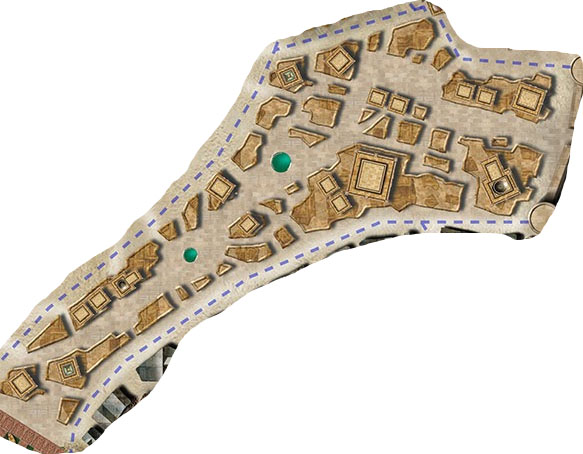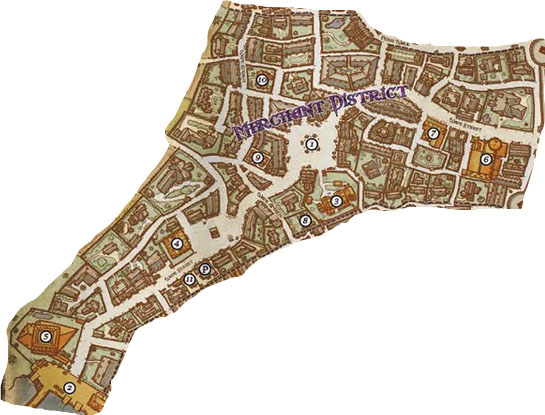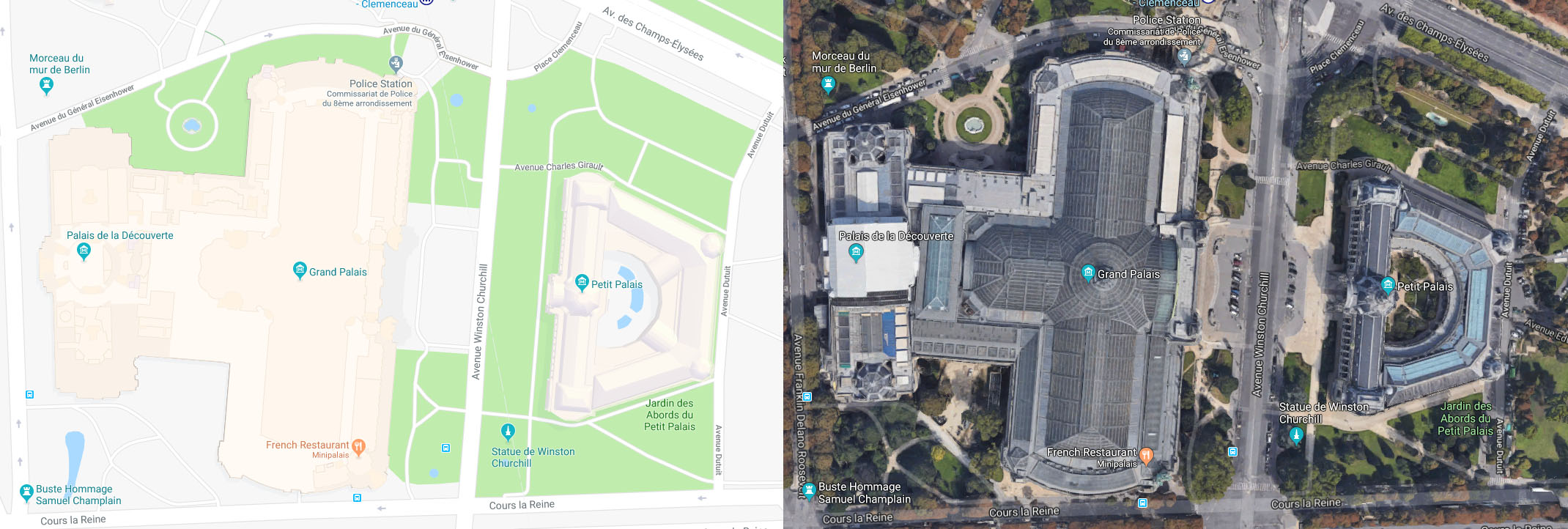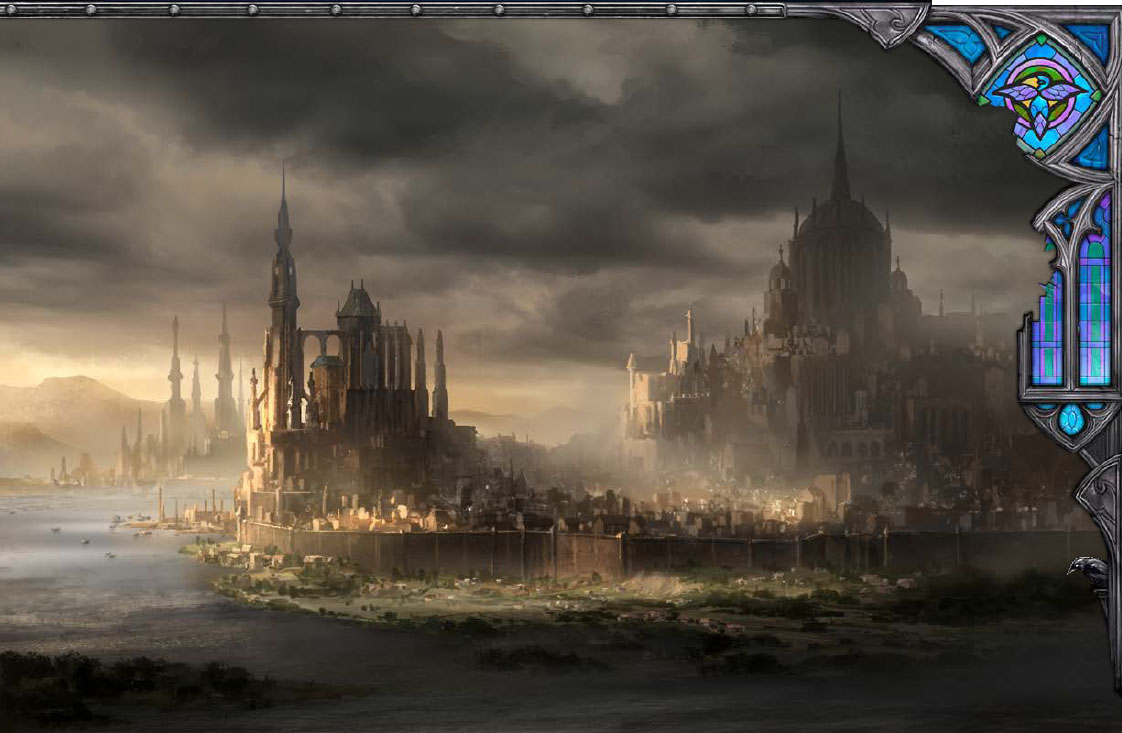The conclusion to the trilogy which began with Death in Freeport and Terror in Freeport, Madness in Freeport brings the same strengths and weaknesses to the table.
Review Originally Published October 8th, 2001
PLOT
Warning: This review will contain spoilers for Madness in Freeport. Players who may end up playing in this module are encouraged to stop reading now. Proceed at your own risk.
Madness in Freeport, the final installment of the Freeport Trilogy (following Death in Freeport and Terror in Freeport — which are reviewed here and here), takes place over the course of three days as Milton Drac’s sinister plans begin to come to fruition and the PCs must work furiously to stop them.
Madness opens with the Grand Lighthouse Ball – a celebration to which Drac invites the PCs under the pretense of applauding their recent accomplishments. In reality, however, he’s brought them there in an attempt to set them up for a fall (just as he’s set up everyone else who has ever posed a potential threat to him). The PCs must resist Drac’s manipulations, while still using the opportunities of the Ball to further investigate the truth behind Drac’s plans for the Lighthouse.
If the PCs are successful, they will discover that they need to acquire an ancient artifact – the Jade Serpent of Yig – in order to counteract the foul summoning ritual which Drac is building the Lighthouse to attempt. The PCs will then be able to trace the resting place of the Jade Serpent to the cache of the infamous pirate Black Dog. Seeking out this hidden cache, they will discover an ancient, sunken Temple of Yig.
Once they have acquired the Jade Serpent from the Temple of Yig, they return to Freeport. But they may already be too late, and a furious chase through the Lighthouse ensues until the PCs reach the Big Finale.
LOW POINTS
Madness in Freeport shares its primary flaw with Death in Freeport and Terror in Freeport: Once again, the strings which hold the adventure together are far too weak. The success of the module hinges time and time again on the PCs reading the author’s mind or making a lucky dice roll.
For example, it is absolutely crucial that the PCs discover the location of Black Dog’s Caves (where they suspect they can find the Jade Serpent of Yig). In order to accomplish this, they must make a Gather Information skill check. A complete chart of possible responses is given (ranging from DC 10 to DC 25) – but, essentially, they have to make this skill check at DC 25 in order to find out what they have to do next.
This is bad design. Plain and simple. The module writer practically admits as much in the very next paragraph, where he tells the DM to essentially ignore the die roll if the PCs don’t make it. If that’s the case, why the heck are you bothering to have me roll the dice, anyway?
Essentially, any DM wanting to run this adventure is going to have to modify it substantially in order to strengthen the flow of the plot – or he’s going to have to simply accept the necessity of railroading his players through it.
Another major flaw comes at the adventure’s end, when the author attempts to claim that the PCs (having killed Drac) will not have their story of what happened believed. Unfortunately, this just doesn’t make any sense. For starters, the PCs are already acknowledged heroes of the city. And, furthermore, a huge crowd just saw the climax of the adventure. In other words, the PCs not only have a lot of personal credibility built up in Freeport – they also have a massive amount of corroborating evidence.
Madness in Freeport, unfortunately, also shows a relatively sloppy handling of the rule system. For example, in the Lighthouse at the end of the adventure Simoni asserts that it takes a guardman two rounds to run to the top of a fifty foot stairway (this is crucial, because he’s going to alert others to the PCs’ presence). Unfortunately, Simoni is wrong – the guard can move 60 ft. per round while running. He’ll reach the top of the staircase in the same round he starts running.
The other low points in Madness in Freeport take the form of “that was good, just not as good as it could have been”.
For example, the Grand Lighthouse Ball at the top of the adventure is a roleplaying-intensive sequence. It’s handled well enough, but Simoni would have benefited from taking a look at Penumbra’s In the Belly of the Beast — which handles that type of scenario in a far better fashion.
Similarly, the sequence in the Sunken Temple of Yig is good insofar as it goes – but it suffers from trite tricks and one-note religious symbols, rather than exploiting the situation for some actual depth and mystery.
HIGH POINTS
Madness in Freeport primarily succeeds for two reasons:
1. Despite the flaws of execution, the story itself is a good one.
2. The adventure capitalizes well on the groundwork laid by the first two adventures in the Freeport Trilogy. Assuming the DM can stop the PCs from losing the thread of the adventure, everyone should enjoy themselves immensely as the mysteries of Death in Freeport and Terror in Freeport are finally resolved while ancient evils are defeated.
CONCLUSION
Ultimately, Madness in Freeport delivers a solid conclusion to the Freeport Trilogy. That being said: If the Trilogy had been released in today’s D20 market, rather than the virgin territory of August 2000, it would most likely have been widely ignored. The production values of Madness in Freeport simply don’t compare well with the other D20 products out there, and the module possesses too many flaws to distinguish itself from the competition.
To put this in context: When I compare Death in Freeport (the first Green Ronin module, released in August 2000) to Three Days to Kill (the first Penumbra module, released in August 2000), the comparison is highly favorable. However, when I compare Madness in Freeport to The Tide of Years, it becomes apparent that Penumbra has worked steadily to improve the quality of its offerings – while Green Ronin, for all intents and purposes, is still putting out the same old stuff.
So, while I still offer my endorsement of Madness in Freeport as a conclusion to the Freeport Trilogy, I also reserve judgment to the extent that, if this is the best that Green Ronin can produce in the future, then I probably won’t continue to categorize Green Ronin as a top-notch D20 publisher.
Style: 2
Substance: 4
Author: William Simoni
Publisher: Green Ronin Publishing
Line: D20
Price: $10.95
ISBN: 0-9701048-3-9
Product Code: GRR1004
Pages: 46
In retrospect, I’d knock at least one point off of my Substance rating above. My memory is that this was quite mediocre, and reviewing my prep notes for the adventure reveals that I ended up rewriting almost all of it. (Which isn’t a good sign.) Conceptually great; execution mostly a whiff. The best bit is the Grand Lighthouse Ball, and even that I had to heavily reorganize and remix to get it into a format I felt comfortable running. On the other hand, the process of figuring out how I wanted the Grand Lighthouse Ball organized was, if I recall correctly, the beginning of the process for developing my social event scenario structure, although it would take several more iterations over the next seven or eight years to work all the kinks out.
There was actually a significant gap between my reviews of Death in Freeport and Terror in Freeport, which were published on the same day in February 2001, and my review of Madness in Freeport, which didn’t appear until October. Some of that gap is explained by Madness in Freeport being released at a later date, but that’s not the whole story here. I think this is one of those books I read, meant to review, but I didn’t actually get the review written in a timely fashion. If the gap between experiencing a piece of media and writing the review takes too long, then I generally find I can no longer write the review. The material is too stale and too many details will have slipped away from me.
I do remember that people kept asking me when my review of the third book in the Freeport Trilogy would be released.
Looking over my documents, I started putting together my prep notes for the Freeport adventures starting in mid-October of 2001. It’s probably not coincidental this review was published at the beginning of the month. I’m guessing that, having decided to run the trilogy, I re-read the whole thing. And then, with Madness in Freeport fresh in my mind, I also seized the opportunity to finally write up the review.
For an explanation of where these reviews came from and why you can no longer find them at RPGNet, click here.

